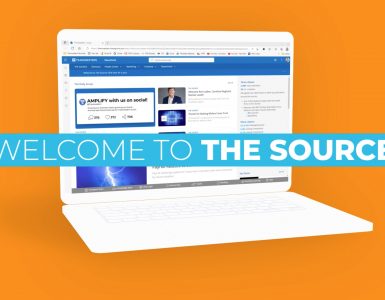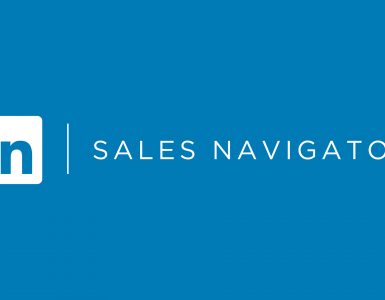
Jason Moersch 
Stuart Showers
Reliable, timely business intelligence. In an oftentimes overwhelming sea of data, this is the golden ticket organizations seek out to support sound decision making. Microsoft’s Power BI has long been touted for its analytics capabilities, but it is how organizations source, organize, and maintain data that allows the platform to become an invaluable extension of sales and client retention processes. And that’s exactly what Transwestern has underway. Jason Moersch, Vice President of Technology Solutions, and Stuart Showers, Senior Vice President of Business Analytics, explain.
Power BI has been around for a while. What’s different?
Jason: Transwestern always strives to understand what technologies and data solutions will have the greatest impact on our industry, and then responds in ways that we believe will keep our services and solutions in lockstep with our clients’ needs. Thanks to the efforts of Ted Sheldon and Nick Vogel, our initial work within Power BI unleashed the power of the transactional data coming from Workday and xRM, focusing heavily on the financial performance of Transwestern. Stuart, formerly on the Research team, was pulled into the initiative to help harness market data in a consistent and scalable fashion. Overall, a significant, firm-wide investments in data and technology solutions is creating a connected, self-supporting environment that can deliver real estate insights like never before.
How will these investments up our game?
Stuart: It’s no surprise that superior outputs begin with superior inputs. xRM is a robust relationship management tool, yet we’ve struggled with keeping the data clean. Incomplete information, duplicate records and other issues can muddy analyses. Three specific efforts we’re working on right now are gamechangers:
- Transwestern’s new partnership with ZoomInfo will feed comprehensive company profiles into our data lake, improving accuracy and – even more important – connecting the dots between xRM and Power BI to optimize lead generation. This means no more duplicate companies in the system leading to a more interconnected experience across the organization.
- An expanded relationship with CoStar will provide Transwestern a monthly feed of all properties, encompassing over 61 million assets nationwide. Not only will this lead to greater insights and transaction opportunities, but it also will help to eliminate redundant data capture practices occurring throughout the company.
- Deployment of Power BI on a significantly broader scale. Already the backbone of Curve (Transwestern’s proprietary portfolio optimization tool used by multimarket clients), Power BI is now supporting a host of company goals, with focused dashboards for business development, research and analytics.
In combination, these initiatives can help guide company strategy, add value to existing client relationships, and fuel new business development. Why? Because the ability to create clear, inviting dashboards greatly enhances the ability of Transwestern leadership, brokerage, and research professionals to convey the story of what’s driving the market.
What is the timeline for introducing these new capabilities?
Jason: Many of the reports relied upon by leadership are already presented in Power BI, and the introduction to researchers around the country is underway. The research team plays a critical role in determining how best to track and display data and will help prioritize which areas of our business will gain the greatest advantage from supercharged data analytics. For example, getting a clear view of major movements in the office and industrial sectors is a key objective, as is comparing conditions across markets to help our SAM clients confidently identify assets that align with their growth strategy. TIG can also tap into the platform to gather insight for their clients’ needs, while TDC could benefit from the analysis of development trends nationally.
When will brokers have access to these dashboards?
Stuart: The rollout plan is currently being developed and, throughout 2022, will likely include both webinars and hands-on training opportunities, marketing collateral to share externally, and best practices for making this a symbiotic relationship between TW experts and the technology in which the company is investing. This is not the job of one person or one team, and it is not something that will ever be finished. Instead, it is a prime example of how smart architecture and collaboration across the platform – something we are already well known for – will allow us to iterate and evolve efficiently while producing results that can catapult our reputation for data analytics. It’s a big challenge, and an even bigger opportunity.
























